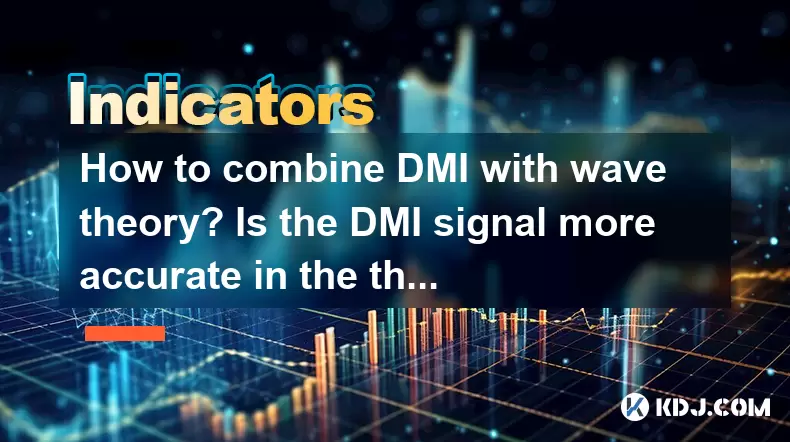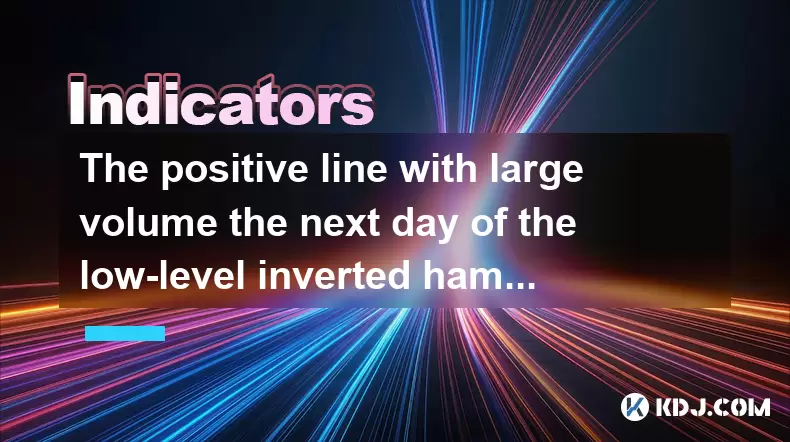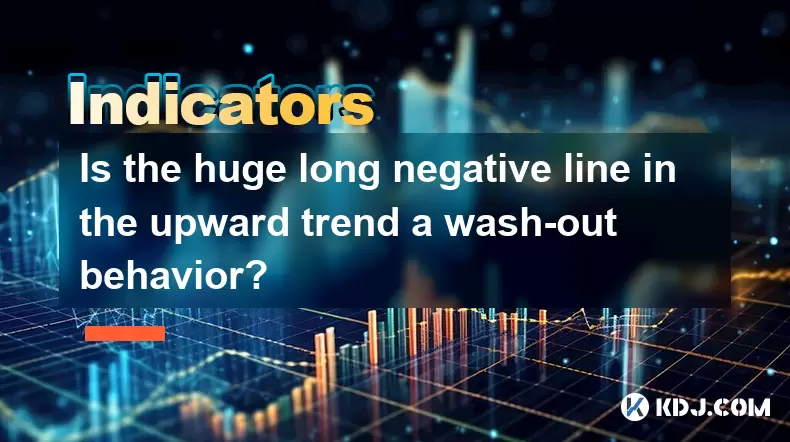-
 Bitcoin
Bitcoin $99,594.2189
-3.59% -
 Ethereum
Ethereum $2,188.5793
-9.00% -
 Tether USDt
Tether USDt $1.0001
-0.02% -
 XRP
XRP $1.9745
-5.82% -
 BNB
BNB $608.9511
-3.73% -
 Solana
Solana $130.4575
-5.93% -
 USDC
USDC $1.0000
0.01% -
 TRON
TRON $0.2637
-3.59% -
 Dogecoin
Dogecoin $0.1493
-5.97% -
 Cardano
Cardano $0.5322
-6.72% -
 Hyperliquid
Hyperliquid $33.9044
3.33% -
 Bitcoin Cash
Bitcoin Cash $449.6411
-5.46% -
 UNUS SED LEO
UNUS SED LEO $8.9629
0.43% -
 Sui
Sui $2.3943
-8.35% -
 Chainlink
Chainlink $11.4402
-7.83% -
 Stellar
Stellar $0.2241
-6.49% -
 Avalanche
Avalanche $16.1489
-4.24% -
 Toncoin
Toncoin $2.7182
-5.94% -
 Shiba Inu
Shiba Inu $0.0...01040
-5.72% -
 Litecoin
Litecoin $78.7882
-4.07% -
 Ethena USDe
Ethena USDe $1.0004
-0.01% -
 Hedera
Hedera $0.1305
-7.45% -
 Monero
Monero $297.0030
-5.32% -
 Dai
Dai $0.9997
-0.02% -
 Polkadot
Polkadot $3.1834
-6.03% -
 Bitget Token
Bitget Token $3.9788
-7.03% -
 Uniswap
Uniswap $6.1327
-10.62% -
 Pepe
Pepe $0.0...08689
-8.30% -
 Pi
Pi $0.4826
-9.65% -
 Aave
Aave $219.8043
-9.69%
How to combine DMI with wave theory? Is the DMI signal more accurate in the third wave?
Combining DMI with Elliott Wave Theory enhances trend analysis, with DMI signals often more accurate during the strong third wave, aiding informed trading decisions.
May 24, 2025 at 12:56 pm

Combining the Directional Movement Index (DMI) with Elliott Wave Theory can provide traders with a powerful tool for analyzing market trends and making more informed trading decisions. Both DMI and Elliott Wave Theory are technical analysis methods used to identify market trends and potential reversal points. In this article, we will explore how to effectively combine these two methods and whether the DMI signal is more accurate during the third wave of an Elliott wave pattern.
Understanding the Directional Movement Index (DMI)
The Directional Movement Index (DMI) is a technical indicator developed by J. Welles Wilder to assess the strength of a trend and its direction. The DMI consists of three lines: the Positive Directional Indicator (+DI), the Negative Directional Indicator (-DI), and the Average Directional Index (ADX). The +DI measures upward movement, the -DI measures downward movement, and the ADX indicates the strength of the trend.
- +DI (Positive Directional Indicator): This line rises when the price makes a higher high relative to the previous high.
- -DI (Negative Directional Indicator): This line rises when the price makes a lower low relative to the previous low.
- ADX (Average Directional Index): This line measures the strength of the trend, with values above 25 indicating a strong trend and values below 20 indicating a weak trend.
To use the DMI effectively, traders look for crossovers between the +DI and -DI lines. A bullish signal is generated when the +DI crosses above the -DI, suggesting an upward trend. Conversely, a bearish signal is generated when the -DI crosses above the +DI, suggesting a downward trend. The ADX helps confirm the strength of these signals.
Understanding Elliott Wave Theory
Elliott Wave Theory is a method of technical analysis that traders use to identify recurring long-term price patterns and investor psychology. According to this theory, market prices move in a series of five waves in the direction of the main trend, followed by three corrective waves. These waves are labeled as follows:
- Impulse Waves: 1, 3, and 5
- Corrective Waves: 2 and 4
The third wave (Wave 3) is often the strongest and longest of the impulse waves, as it is driven by the strongest market sentiment. Understanding the structure and potential length of these waves can help traders predict future price movements.
Combining DMI with Elliott Wave Theory
To effectively combine DMI with Elliott Wave Theory, traders need to identify the waves and use the DMI to confirm the strength and direction of these waves. Here's how to do it:
Identify the Waves: Start by identifying the five impulse waves and three corrective waves in the price chart. This can be done using traditional Elliott Wave analysis techniques, such as measuring the relative lengths of the waves and looking for typical wave patterns.
Apply the DMI: Once the waves are identified, overlay the DMI on the chart. Look for crossovers between the +DI and -DI lines to confirm the direction of each wave.
Confirm Wave Strength with ADX: Use the ADX to confirm the strength of each wave. A rising ADX during an impulse wave (1, 3, or 5) indicates a strong trend, while a falling ADX during a corrective wave (2 or 4) suggests a weakening trend.
Focus on Wave 3: Since Wave 3 is typically the strongest, pay close attention to the DMI signals during this wave. A strong +DI crossover during Wave 3 can confirm a bullish trend, while a strong -DI crossover can confirm a bearish trend.
Is the DMI Signal More Accurate in the Third Wave?
The accuracy of the DMI signal during the third wave of an Elliott wave pattern can be higher due to the strength and momentum of Wave 3. Here's why:
Stronger Momentum: Wave 3 is often characterized by strong momentum and high trading volume, which can lead to clear and strong DMI signals. A +DI crossover during Wave 3 is likely to be more reliable than during other waves, as it reflects the dominant market sentiment.
Confirmation of Trend: The third wave is typically the longest and strongest of the impulse waves, making it an ideal time to use the DMI to confirm the trend. A rising ADX during Wave 3 further confirms the strength of the trend, increasing the reliability of the DMI signal.
Reduced Noise: During Wave 3, the market tends to move in a more straightforward direction with less noise, which can result in clearer DMI signals. This clarity can make the signals more accurate and easier to interpret.
Practical Application: Combining DMI and Elliott Wave Theory in Trading
To apply these methods in trading, follow these steps:
Identify the Market Trend: Start by determining the overall market trend using traditional trend analysis techniques, such as moving averages or trend lines.
Label the Waves: Use Elliott Wave Theory to label the waves on your chart. Pay attention to the structure and relative lengths of the waves to ensure they fit the Elliott Wave pattern.
Overlay the DMI: Apply the DMI to your chart to confirm the direction and strength of each wave. Look for crossovers between the +DI and -DI lines to confirm the direction of the trend.
Focus on Wave 3: When you identify Wave 3, pay close attention to the DMI signals. A strong +DI crossover during Wave 3 can be a reliable bullish signal, while a strong -DI crossover can be a reliable bearish signal.
Confirm with ADX: Use the ADX to confirm the strength of the trend during Wave 3. A rising ADX during Wave 3 indicates a strong trend, increasing the reliability of the DMI signal.
Make Trading Decisions: Based on the combined signals from Elliott Wave Theory and the DMI, make informed trading decisions. Enter trades in the direction of the confirmed trend, and use stop-loss orders to manage risk.
Frequently Asked Questions
Q: Can the DMI be used to identify the start of a new Elliott wave cycle?
A: While the DMI can help confirm the direction and strength of a trend, it is not typically used to identify the start of a new Elliott wave cycle. To identify the start of a new cycle, traders usually look for specific price patterns and market conditions that signal the beginning of a new trend.
Q: How can I improve the accuracy of my Elliott Wave analysis?
A: To improve the accuracy of your Elliott Wave analysis, practice regularly and study historical price charts to identify common wave patterns. Additionally, use other technical indicators, such as the DMI, to confirm your wave counts and increase the reliability of your analysis.
Q: Is it possible to use the DMI and Elliott Wave Theory for short-term trading?
A: Yes, the DMI and Elliott Wave Theory can be used for short-term trading, but it requires a more detailed analysis of shorter timeframes. Traders should focus on smaller wave patterns and use the DMI to confirm the direction and strength of these shorter-term trends.
Q: What are the limitations of combining DMI with Elliott Wave Theory?
A: One limitation is that both methods are subjective and require a degree of interpretation, which can lead to different conclusions among traders. Additionally, market conditions can change rapidly, and relying solely on these methods without considering other factors can lead to false signals and potential losses.
Disclaimer:info@kdj.com
The information provided is not trading advice. kdj.com does not assume any responsibility for any investments made based on the information provided in this article. Cryptocurrencies are highly volatile and it is highly recommended that you invest with caution after thorough research!
If you believe that the content used on this website infringes your copyright, please contact us immediately (info@kdj.com) and we will delete it promptly.
- Altcoins Under Pressure: Cardano and XRP Face Critical Tests
- 2025-06-23 12:25:12
- Rare Coin Fever in Wiltshire: Auctions, Errors, and Olympic Gold!
- 2025-06-23 12:25:12
- XRP Price Under Pressure: War Fears and Market Sentiment
- 2025-06-23 12:30:12
- HAI Token Private Key Leak: What Happened and How to Stay Safe
- 2025-06-23 12:45:12
- Texas Goes All In: Bitcoin Reserve Signals Big State Embrace
- 2025-06-23 12:45:12
- Pi Network's Price Plunge: Crash, Scammer Accusations, and What's Next?
- 2025-06-23 13:05:12
Related knowledge

The positive line with large volume the next day of the low-level inverted hammer line confirms the reversal?
Jun 23,2025 at 01:21pm
Understanding the Low-Level Inverted Hammer LineThe inverted hammer line is a single candlestick pattern that typically appears at the end of a downtrend. It has a small real body near the bottom of the trading range and a long upper shadow, indicating that bulls attempted to push prices higher but were met with selling pressure. When this pattern forms...

Is the huge long negative line in the upward trend a wash-out behavior?
Jun 23,2025 at 12:49pm
Understanding the Long Negative Candlestick in an Uprising TrendA long negative candlestick, often referred to as a long red or bearish candle, appearing during an upward trend can raise concerns among traders and investors. This pattern typically indicates a sudden and significant drop in price after a period of rising prices. It is often interpreted a...

Can the EXPMA golden cross stand on the 5-day line at the same time?
Jun 23,2025 at 11:42am
Understanding the EXPMA Indicator in Cryptocurrency TradingThe Exponential Moving Average (EXPMA) is a popular technical analysis tool used by cryptocurrency traders to identify trends and potential reversal points. Unlike simple moving averages, the EXPMA gives more weight to recent price data, making it more responsive to current market conditions. In...

Does the second surge in the RSI overbought zone induce more?
Jun 22,2025 at 08:35am
Understanding the RSI Overbought ZoneThe Relative Strength Index (RSI) is a momentum oscillator commonly used in technical analysis to measure the speed and change of price movements. It ranges from 0 to 100, with values above 70 typically considered overbought and values below 30 considered oversold. When the RSI enters the overbought zone for the firs...

What signal does the volume increase but the K-line body shrink?
Jun 23,2025 at 05:07am
Understanding the K-Line and Trading VolumeIn cryptocurrency trading, K-line charts are one of the most commonly used tools to analyze price movements. Each K-line represents a specific time period (such as 1 hour, 4 hours, or 1 day) and shows the open, high, low, and close prices for that period. The body of the K-line is formed between the opening and...

Does the sudden contraction of ATR indicate the end of the trend?
Jun 20,2025 at 11:14pm
Understanding ATR and Its Role in Technical AnalysisThe Average True Range (ATR) is a technical indicator used to measure market volatility. Developed by J. Welles Wilder, ATR calculates the average range of price movement over a specified period, typically 14 periods. It does not indicate direction—only volatility. Traders use ATR to gauge how much an ...

The positive line with large volume the next day of the low-level inverted hammer line confirms the reversal?
Jun 23,2025 at 01:21pm
Understanding the Low-Level Inverted Hammer LineThe inverted hammer line is a single candlestick pattern that typically appears at the end of a downtrend. It has a small real body near the bottom of the trading range and a long upper shadow, indicating that bulls attempted to push prices higher but were met with selling pressure. When this pattern forms...

Is the huge long negative line in the upward trend a wash-out behavior?
Jun 23,2025 at 12:49pm
Understanding the Long Negative Candlestick in an Uprising TrendA long negative candlestick, often referred to as a long red or bearish candle, appearing during an upward trend can raise concerns among traders and investors. This pattern typically indicates a sudden and significant drop in price after a period of rising prices. It is often interpreted a...

Can the EXPMA golden cross stand on the 5-day line at the same time?
Jun 23,2025 at 11:42am
Understanding the EXPMA Indicator in Cryptocurrency TradingThe Exponential Moving Average (EXPMA) is a popular technical analysis tool used by cryptocurrency traders to identify trends and potential reversal points. Unlike simple moving averages, the EXPMA gives more weight to recent price data, making it more responsive to current market conditions. In...

Does the second surge in the RSI overbought zone induce more?
Jun 22,2025 at 08:35am
Understanding the RSI Overbought ZoneThe Relative Strength Index (RSI) is a momentum oscillator commonly used in technical analysis to measure the speed and change of price movements. It ranges from 0 to 100, with values above 70 typically considered overbought and values below 30 considered oversold. When the RSI enters the overbought zone for the firs...

What signal does the volume increase but the K-line body shrink?
Jun 23,2025 at 05:07am
Understanding the K-Line and Trading VolumeIn cryptocurrency trading, K-line charts are one of the most commonly used tools to analyze price movements. Each K-line represents a specific time period (such as 1 hour, 4 hours, or 1 day) and shows the open, high, low, and close prices for that period. The body of the K-line is formed between the opening and...

Does the sudden contraction of ATR indicate the end of the trend?
Jun 20,2025 at 11:14pm
Understanding ATR and Its Role in Technical AnalysisThe Average True Range (ATR) is a technical indicator used to measure market volatility. Developed by J. Welles Wilder, ATR calculates the average range of price movement over a specified period, typically 14 periods. It does not indicate direction—only volatility. Traders use ATR to gauge how much an ...
See all articles

























































































